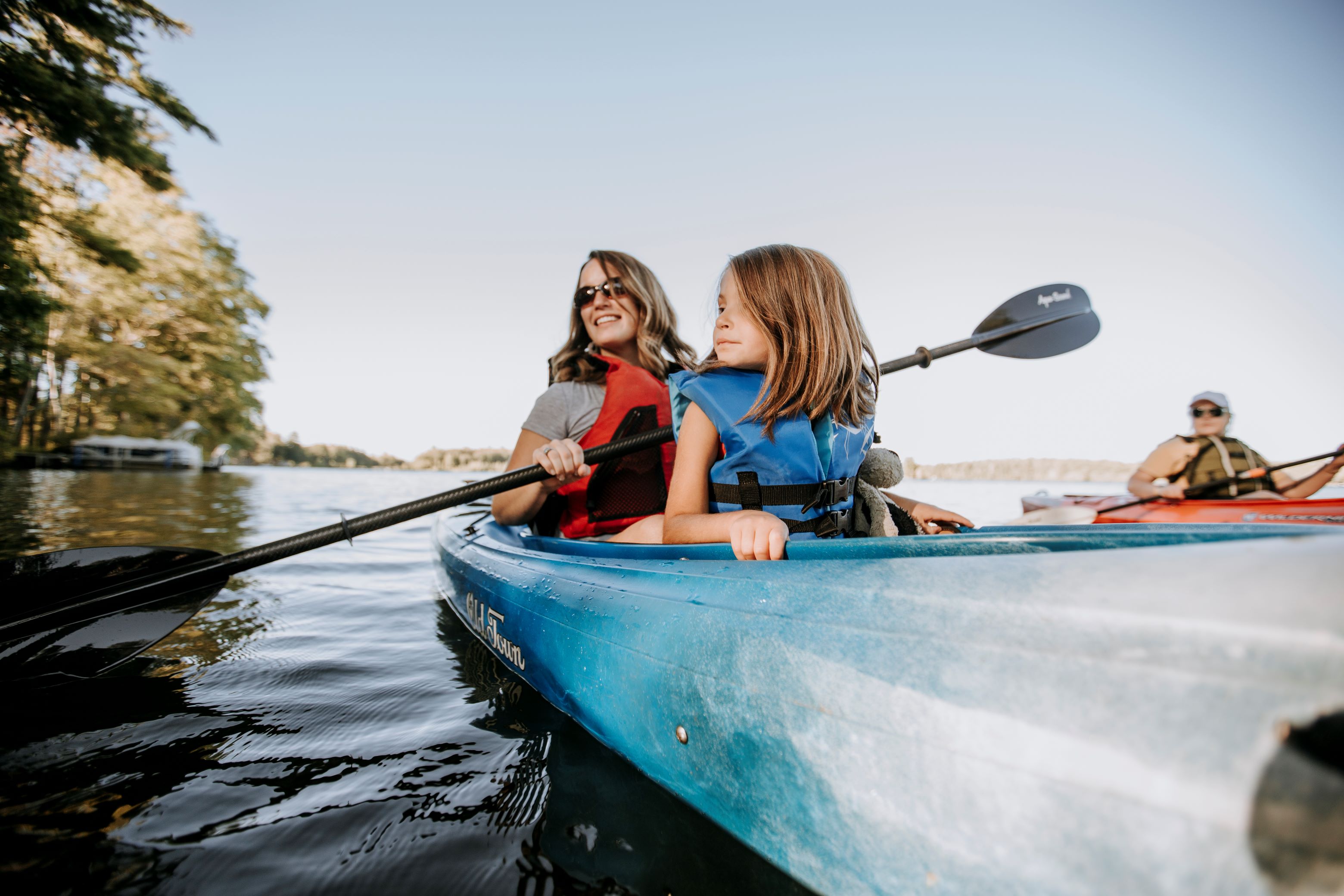April 30, 2025 at 1:01 pm
Imagine heading out for a peaceful day of boating and swimming, only to find the water clogged with invasive plants. Or to your favorite fishing spot, where you discover your choice fish species is struggling to survive as a newly introduced invasive fish is beginning to thrive. This is the reality when aquatic invasive species take over.

What is an aquatic invasive species?
An aquatic invasive species is an unwelcome guest in our waters – any fish, wildlife, or plant that is known to spread to waters they are not native to and cause environmental or economic harm. In Maine, this includes ten individual aquatic plants, three entire distinct groups of aquatic plants, several invasive mollusks including zebra mussels and mystery snails, crustaceans including multiple invasive crayfish species, and close to two dozen fish species.
Prevention is key
Once an aquatic invasive species has been introduced to a new water, eradication is often impossible. All eradication, suppression, and other management strategies are costly and cause irreversible damage to the water and its native species of fish, plants, and wildlife. Preventing the spread of aquatic invasive species is the most effective way to protect Maine’s waters.
Every boater, angler, and paddler plays a role in keeping Maine’s waters healthy. That’s why it’s crucial to follow the Clean, Drain, Dry method every time you hit the water:
- CLEAN off visible aquatic plants, animals, and mud from watercraft, motor, trailer, and equipment before leaving water access. Please be aware, it is unlawful to place a watercraft that is contaminated with an invasive aquatic plant upon the inland waters of the state or to introduce fish of any kind into inland waters without a permit.
- DRAIN all water from watercraft. Maine law requires that prior to entering a waterbody and when preparing to leave launch facilities, boaters must remove or open any devices designed for routine removal/opening (for example, hull drain plugs, bailers, live wells, ballast tanks) to encourage draining of areas containing water (excluding live bait containers). This must be done in a way that does not allow drained water to enter any inland water of the state.
- DRY all equipment and watercraft completely before reuse. While many aquatic invasive species can be removed, washed off, and drained out with best cleaning and draining practices, allowing watercraft and all gear to dry thoroughly between water bodies is one of the most effective ways to prevent the spread of some of the most resilient and microscopic invasive aquatic species including zebra mussel larvae, spiny water fleas, or plant seeds. This drying should occur for multiple days (2-5 days) when possible.
Anglers visiting vacationland from other states are reminded that it is illegal to possess live fish, except for legal live baitfish, taken from inland waters of the state. Live wells are not legal in Maine, and any fish caught must either be immediately returned to the water from which it came or killed. Unused worms should be disposed of in the trash, not in the water or on land. Fishing laws can be found online at mefishwildlife.com/laws.
What is a Lake and River Protection sticker and do I need one?
Lake and River Protection stickers are required for all motorized watercraft on inland waters in Maine and provide important funding to help prevent the spread of aquatic invasive species. This includes any boat with any type of motor, such as canoes with electric motors and personal watercraft (jet-skis). A sticker is not required for tidal waters.
For watercraft registered in Maine, the purchase of this sticker typically happens at the same time as watercraft registration and the sticker is physically attached to the Maine watercraft registration.
Non-Maine registered watercraft that are properly registered in another state and display a valid registration do not need to be registered in Maine, provided the watercraft is not kept in Maine for more than 60 consecutive days after a change in the state of principal use. However, these watercraft are still required by law to have a Lake and River Protection Sticker.
To purchase a Lake and River Protection sticker for a watercraft registered within another state, visit one of the authorized sticker agents located throughout the state: mefishwildlife.com/stickeragent or order a sticker online.
What does the Lake and River Protection sticker fund?
Funds from the sale of the sticker go directly to the Department of Environmental Protection (MDEP) and Department of Inland Fisheries and Wildlife (MDIFW) to:
- Educate the public about aquatic invasive species.
- Develop policies and best practices to minimize the spread.
- Expand early detection and surveillance methodologies.
- Respond to reports and new occurrences of invasive aquatic species to mitigate their impact.
One key aquatic invasive species program is the reclamation program which eradicates new invasive fish species that threaten native fish populations. Using rotenone, a naturally occurring chemical, biologists can remove all invasive fish within a waterbody. Once the invasive species has been eliminated, the native populations are returned or reintroduced to the water to recover. While over 200 restoration projects have been completed with chemical reclamation throughout the Department’s history, more recent projects aimed at salvaging and restoring native Arctic charr populations, as well as the removal of novel fish threats to the state like channel catfish which represent great invasive threat, have shown the conservation value of the reclamation program.
These critical programs help ensure Maine’s native fish species such as brook trout and Arctic charr thrive and residents and visitors alike can continue to enjoy our pristine, healthy waters.
We hope you have a memorable summer enjoying some of Maine’s 6,000 lakes and ponds and 32,000 miles of rivers and streams.
Learn more about preventing the spread of aquatic invasive species at mefishwildlife.com/cdd